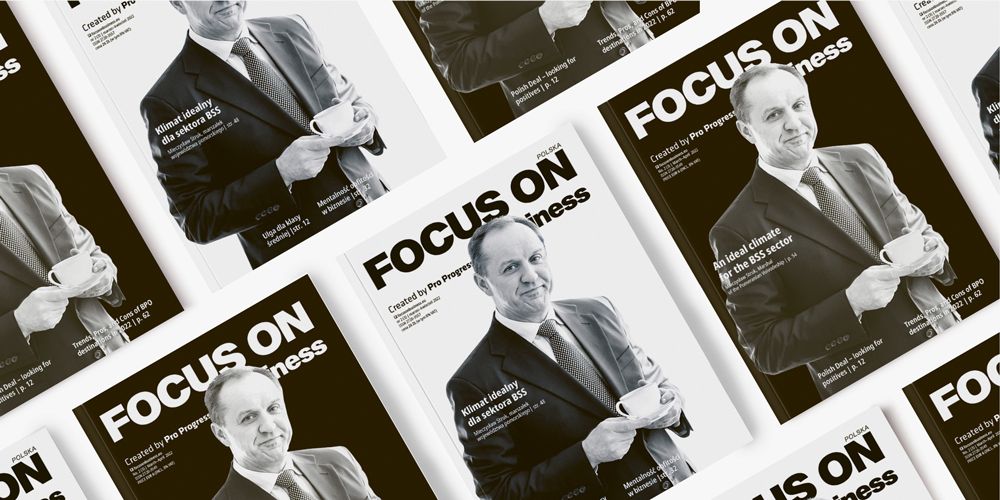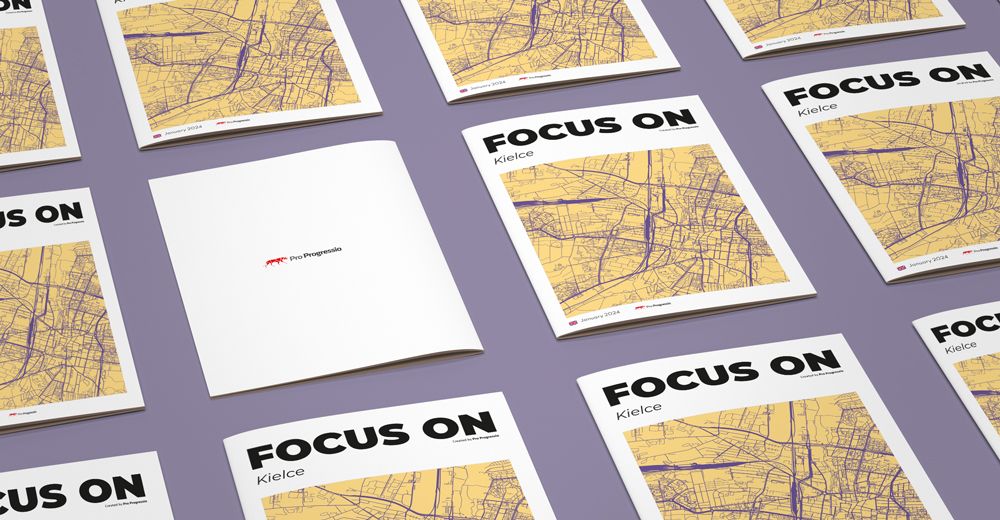Lean implementation – stairway to heaven or highway to hell?

It may look strange, two great Rock Legends side by side in a serious magazine. Well, I thought that this is how I would get your attention and I guess that they match really well to the topic which I would like to talk about. Today I want to share with you my subjective, view on Lean implementation and why sometimes it’s a nightmare. Do I have enough experience to speak about Lean? I believe so, in my career I went from Lean hater to Lean enthusiast.
In many companies, at the certain period of time, the idea of having lean appears. The reasons behind such decision might be different. Starting from the concept that it may help improve the company’s results, through the fact that others have it and it’s trendy, ending with the position that from the marketing perspective it looks good to say: “We Have Lean”.
When decision is taken the whole machine starts working. Depending on what we chose we send people for some Lean trainings or we are hiring the external consultants. We all understand that this is a huge initiative and we want all employees to know about it. We organize several events, print poster to be visible on every single wall. A set of new trainings and new roles are being prepared for employees. All looks like a great plan and something what must be a great success.
MIXED FEELINGS
In beginning it’s going quite smooth. A great internal marketing campaign has been prepared perfectly. Everyone, including top management, is engaged as this is something totally new. After first weeks we even see the initial results, small but important. Consultants are always welcome as they know all those “magic words” and tools which will help us to succeed. Seems that everything is going as planned. But then, everything begins to change. Top managers are not appearing so often on the open space as they used to be and start delegating their tasks to other people including Lean Champions. Consultants are not any more so welcome as they ask difficult questions (also to top managers), ask for some actions. People are getting lost as they are expected to deliver their usual tasks but also provide ideas for improvements, prepare experiments and present the results.
The expectations for efficiency are high and already added to their targets. What’s more, people are asked to fill in some tables, white boards which were bought for every team. However, except them and those “crazy consultants” nobody uses them, especially Leaders. On top of all people are requested to implement “a one standard” (which works perfectly in another department in which it had been piloted) but no one ever checked before that they have a totally different process. In the beginning they were told that their opinion counted but now nobody is listening to them.
The frustration arises when the results we have been expecting are not much visible. People start blaming each other and instead of the benefits we can only see the costs of trainings, consultants, printed posters etc. We are on the highway to hell exceeding speed limit and wondering what went wrong.
STEP BY STEP
Let me explain you why, in my opinion, it didn’t work. First of all we tend to think that Lean is like a magic pill which is believed to heal all of our diseases. Secondly in many cases we treat it like another tool which we will simply buy, train people how to use it and it’s done. And last but not least, we like to think that if we hire the consultants their will do everything for us with a minimal involvement from our side. It’s not like that.
Lean is something more. It’s all about people as they are our greatest asset we have in the company. It’s about how we manage the business but also, what is the most important Lean is the mindset. That’s why it needs to be in DNA of the organization in order to work so we could see the benefits. How would I start doing this? Step by step.
First of all everyone from organization needs to be involved in the change and managers must be the ‘role models’ and ambassadors of this change in the organization mindset. People are always looking at their managers or supervisors and observing them. If we want to be successful we need to lead people through this change. Like it was said by Jacko Willing in Extreme Ownership – If someone isn’t doing what you expect or need them to do, look in the mirror and first determine what you can do to better enable this. If we as leaders don’t show what is the desired behavior, we shouldn’t blame people that they are not doing what we want. The best way to do this is to be engaged in the changes and invite your employees to this change. We can do this by making sure that we involve teams in the decisions. And show that we think about the needs of others as much as about ours. We can do it in a different way.
The one which I would recommend is to go to your people and start talking and listening to them. Part of you may say: But I do, I listen to my people! For sure but do you listen what they are telling you or only what you would like to hear? The leaders more often inform than really listen and that’s why they hardly get to know what is really happening.
OUT OF GLASS CASTLES
And here I’m think about the effective listening what means – understanding the point of view of the employees as well as the obstacles they face. That’s why in Lean we encourage all leaders and managers to come out from their glass castles and go to GEMBA to really feel and see the struggles which people tackle every day. Visits in GEMBA need to become our new routine. In the beginning people might be suspicious. They will treat it as a temporary trend. Sometimes they might even make bets how fast you will stop these visits. Believe me, I’ve been there. Talking with the people is not enough. We need to respect and show to our employees that their opinions are important. We need to be consistent in our behaviors. Encourage them to experiment to help to solve the problems, to raise their hands when they stuck. You do not need to know all the answers but be there when they will be looking for solutions. …results will be more robust in a long run when leaders don’t simply tell employees what to do or just do it themselves, but have “other focus” – being concentrated on people to help them succeed – said Daniel Goleman and I trust this man.
HELP FROM OUTSIDE
And now the question appears, should we do all those things alone or we should involve the external consultants to help us? I would say that it’s always good to ask for help. A consultant is always a person from the outside of the organization. May not know all the rules, also those unspoken and may need some time to understand the organizational structure. But above this a consultant brings with him not only knowledge about Lean, it’s principles, tools, and history but also his experience and what is more important a fresh view. He will help you to see things the organization could become blind to, or simply doesn't want to notice. He will be the person who will be asking questions which nobody has wanted to ask before but we all know they need to be answered. So I would say the consultants are important and may help you, but they need to become a part of your organization. You need to engage them like any other employee and trust them.
LONG JOURNEY
You may say that I’m talking only about leadership, engagement and listening to others. Nothing about tools and how to use them. Yes, you are right but what do you need tools for if you don’t have people willing to learn about those tools? And even more, not interested in using them? Tools are important, but without people who support our vision we will not get far.
It’s a long and difficult journey but when we get the trust of people and make them feel safe we will be able to achieve everything, so: Listen to your people, trust them and take care about them. Listen to your consultants and talk to them. They really want to help you and ensure that you can succeed. Lean is pretty simple but not easy as it requires change in the mindset on all organization levels and takes time. At the end, it’s your choice which path of Lean journey you shall choose – a stairway to heaven or highway to hell.
Author: Justyna Rak
Program Manager, Senior Consultant at Adaptive Solutions & Advisory Group

This article comes from magazine:
FOCUS ON Business #3 March-April (2/2022)
 Check the issue
Check the issue








